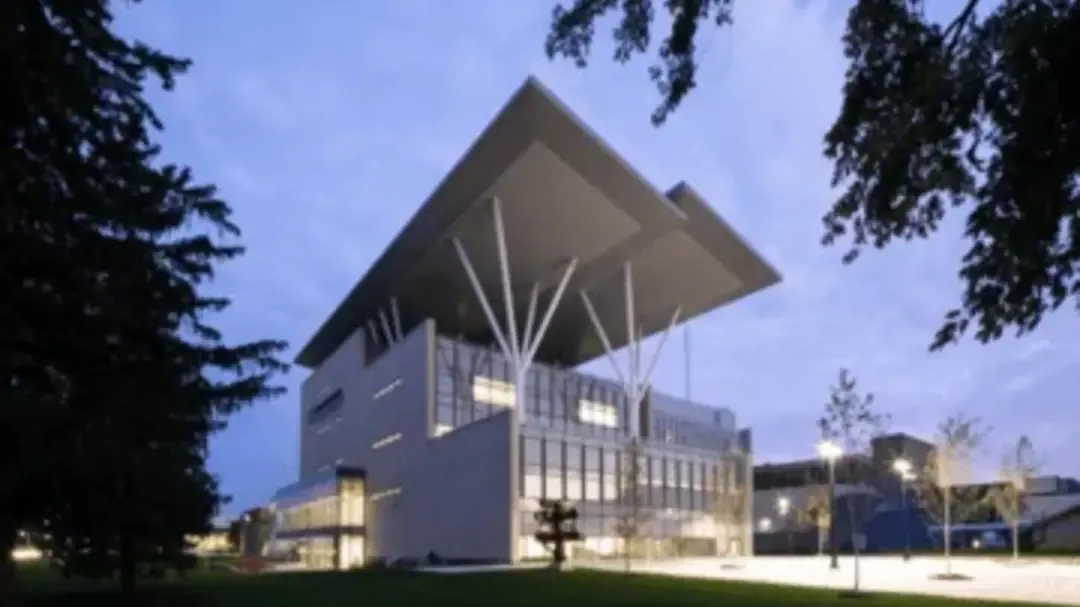A Net-Zero Energy Building (ZEB) is a facility that produces as much renewable energy as it consumes over the course of a year. This innovative building concept is revolutionizing the food industry, particularly in the design of food processing plants and manufacturing units, by reducing operational costs and carbon emissions. In this article, food processing consultants explore the role of ZEBs in modern food factory design, their principles, benefits, and future potential in engineering consulting and food business consultancy.
What is a Net-Zero Energy Building?
A Zero Energy Building (ZEB), also referred to as a Net-Zero Energy Building, is an energy-efficient structure that uses on-site renewable energy systems such as solar, wind, geothermal, or biomass to meet all of its energy needs. This is particularly relevant for the food industry, where energy consumption is high, and sustainable food manufacturing is a growing priority.
Core Design Principles of Zero Energy Buildings
In food factory design, implementing ZEB principles involves:
✅ Energy-Efficient Building Envelope
Designs that reduce heat transfer through walls, roofs, floors, and windows.
✅ High-Performance Insulation
Advanced insulation in walls and roofs to minimize energy loss.
✅ Smart Lighting Systems
Use of LED and motion-activated lighting to optimize energy use.
✅ High-Efficiency HVAC Systems
Systems like geothermal heat pumps and radiant cooling reduce HVAC loads.
✅ On-Site Renewable Energy Generation
Solar panels, wind turbines, or bioenergy systems installed at the site ensure clean energy production.
Food manufacturing consultants increasingly recommend these strategies to build future-ready food processing units.

Benefits for Food Factories and Food Businesses
Net-zero buildings offer tangible advantages for stakeholders across the food industry:
- Reduced Energy Costs: Ideal for high-energy-use facilities like dairy, meat, or snack food plants.
- Lower Carbon Footprint: Essential for companies pursuing ESG goals and sustainability certifications.
- Improved Indoor Air Quality: Supports food safety and worker health in processing environments.
- Higher Asset Value: A future-proofed building adds long-term value for food industry investors.
Challenges in Zero-Energy Implementation
While promising, ZEBs come with some hurdles:
- Higher Initial Costs: Advanced materials and systems demand higher upfront investment.
- Geographical Limitations: Limited solar or wind availability may restrict renewable generation.
- Specialized Expertise Required: Success depends on engineering consultants experienced in ZEB design.
- User Behavior Impact: Efficient operations require staff to adopt energy-conscious habits.
Global Examples of Zero-Energy Facilities
Rocky Mountain Institute Innovation Center – Colorado, USA
Uses solar and geothermal to produce more energy than it consumes.
Bullitt Center – Seattle, USA
A zero-energy office building known for its green infrastructure and sustainable materials.
Mosaic Centre – Edmonton, Canada
A commercial ZEB integrating solar and geothermal systems for energy independence.
Bahrain World Trade Center – Bahrain
Incorporates wind turbines generating 11–15% of its electricity needs, setting a precedent for smart energy integration in the Middle East.

History of Net-Zero Building in Industry
The first ZEB was built in 1979 by Harold Hay in the U.S., and the 1990s saw the rise of the Passivhaus standard in Germany. Over time, food technology consultants and engineering firms began integrating these practices in industrial design, driven by evolving energy codes and environmental goals.
Certifications for Net-Zero Energy Buildings
Passive House Institute (PHI)
Emphasizes airtightness and ultra-low energy demand.
LEED (Leadership in Energy and Environmental Design)
Focuses on energy efficiency, water conservation, and sustainable materials—vital for green food factory design.

Zero-Energy Communities
Zero Energy Communities involve multiple ZEBs sharing renewable resources like district heating and solar microgrids, creating synergy in industrial parks and food processing clusters.
Future Outlook: Net-Positive Energy in the Food Industry
Technologies like Building-Integrated Photovoltaics (BIPV), AI-driven energy analytics, and advanced battery storage could make food factories net-positive, producing more energy than they consume. These innovations will reshape food manufacturing consultancy and factory automation services.
Government Policies & Incentives
Incentives such as tax credits, green building grants, and fast-tracked permits are being offered globally to encourage zero-energy design. In India, the push for green industrial buildings supports food industry growth aligned with sustainable development.
Conclusion
As food industry consultants continue to emphasize energy efficiency, Net-Zero Energy Buildings stand out as a strategic solution for food processing plants. Their role in reducing operational costs, improving sustainability, and enhancing brand value makes them a vital consideration in every new food factory project.
 PMG stands for Projects Management Group. We provide state-of-the-art Engineering Services to build world-class food processing factories.
PMG stands for Projects Management Group. We provide state-of-the-art Engineering Services to build world-class food processing factories.  Engineering is the difference between Chaos and Excellence. If you are going to do it, do it right.
Engineering is the difference between Chaos and Excellence. If you are going to do it, do it right.  Explore the diverse range of Products in the Food Processing Industry.
Explore the diverse range of Products in the Food Processing Industry.  Explore the technologies at the heart of the the Food Processing Industry.
Explore the technologies at the heart of the the Food Processing Industry. 


 Back
Back 



